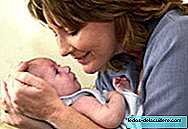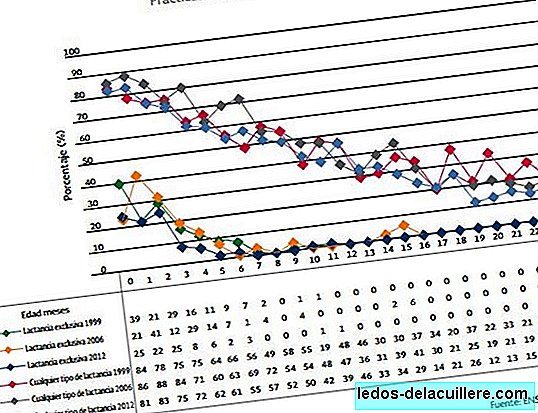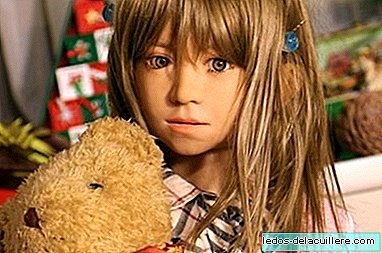
The baby's need to be close to his mother, to be cradled in his arms, protected and cared for has been studied scientifically.
Was the psychologist John bowlby that in his work in institutions with children deprived of the mother figure led him to formulate the Theory of attachment.
Attachment is the emotional bond that the child develops with his parents (or caregivers) and that provides him with the emotional security essential for a good personality development. The fundamental thesis of the Theory of Attachment is that the state of security, anxiety or fear of a child is largely determined by the accessibility and responsiveness of his main affection figure (person with whom the link is established).
Attachment provides the emotional security of the child: being accepted and protected unconditionally. This approach can also be observed in different animal species and has the same consequences: the desired proximity of the mother as a basis for the protection and continuity of the species. Bowlby's work was influenced by Konrad Lorenz (1903-1989) who in his studies with geese and ducks in the 50s, revealed that birds could develop a strong bond with the mother (instinctive theory) without food being in the way . But it was Harry Harlow (1905-1981) with his experiments with monkeys (which Lola recently spoke to us), and his discovery of the universal need for contact who led him decisively in the construction of the Theory of Attachment.
The baby, according to this theory, is born with a repertoire of behaviors which are intended to produce responses in the parents: sucking, reflex smiles, babble, the need to be cradled and crying, are just strategies to put it Somehow the baby to bond with his parents. With this repertoire, babies seek to maintain proximity with the attachment figure, resist separation, protest if it takes place (separation anxiety), and use the attachment figure as a security base from which they explore the world.
Later, Mary Ainsworth (1913-1999), in her work with children in Uganda, found valuable information to study the differences in the quality of mother-child interaction and its influence on attachment formation. Ainsworth found three main patterns of attachment: children of attachment surely cried little and were happy when they explored in the presence of the mother; children of insecure attachment, who cried frequently, even when they were in the arms of their mothers; and children who seemed to show no attachment or differential behavior towards their mothers. These behaviors depended on the mother's sensitivity to the child's requests.
The attachment theory has a universal relevance, the importance of continuous contact with the baby, its care and sensitivity to its demands are present in all parenting models according to the cultural environment.
"A child who knows that his attachment figure is accessible and sensitive to their demands gives them a strong and penetrating sense of security, and feeds them to value and continue the relationship" (John Bowlby).












